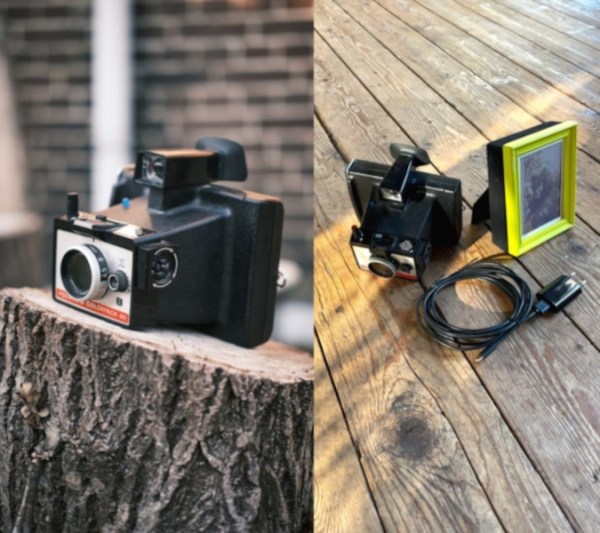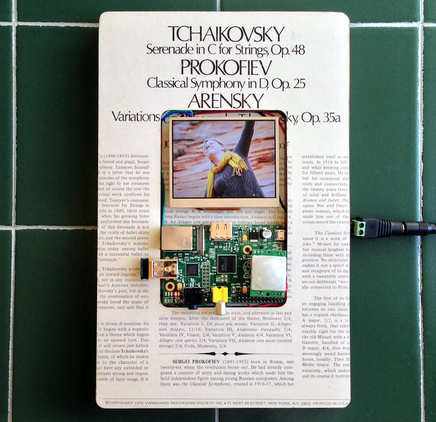We can think of all kinds of reasons you’d want to display a picture that only you and the family can see, and we don’t even have to work blue to do it. Whether as a joke, or as a serious way to hide a special image, this magical picture frame by [Placitech] is just the thing.
You might recognize this as using PDLC switchable “smart” film. Whenever power is applied, the panel goes from frosty opacity to near-crystal clarity in an instant. The trick here is to to image recognition and only allow certain faces to unlock the picture.
The brains of this operation is an ESP32-CAM module, which does all the heavy lifting of getting the image in the first place, handling it, and deciding via code who is eligible to flick the switch. Everything is housed in a nice 3D printed frame that [Placitech] designed.
Be sure to check out the build video after the break, and files are available via [Placitech]’s Discord if you’d like to build this yourself.
There’s a lot you can do with PDLC panels, as evidenced by this amazing dress.

















